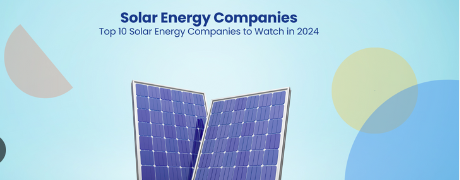Microinverters vs String Inverters Which Is Best For You

Microinverters vs. String Inverters. Welcome To SolarsPrice Where You Gain Information Related To Different Solar Products Like Batteries, Inverters, And Solar Panels. Today We Are Here With comparison between MicroInverter And String Inverters.
Micro inverters are a Type Of Inverter that convert DC Current To Ac And Attached Beneath Solar Panels While String Inverter Is Types Of Inverters Which Is Fixed In A Safe Location And Connected To Solar Panel Through The String. Both Have Different Pros And Cons Which We Will Discuss Below.
Microinverters vs String Inverters
1. Microinverters
How They Work
Microinverters are installed on each individual solar panel, converting DC to AC at the panel level.
Advantages
1. Panel-Level Optimization: Each panel operates independently, so shading or malfunctions on one panel won’t impact the performance of other panels.
- 2. Efficiency: Microinverters can maximize energy production, especially in areas where partial shading or varying sunlight conditions are common.
- 3. Monitoring: They allow for more granular monitoring, as you can track the performance of each panel individually.
- 4. Flexibility: Systems with microinverters are more flexible for expansion. You can add more panels without worrying about the limitations of the inverter capacity.
- 5. Increased Safety: Since the voltage of the system is lower, it reduces the risk of electrical hazards.
Disadvantages
- Cost: Microinverters are generally more expensive than string inverters because you need one per panel.
- 2. Complexity: With more components spread across your solar system, installation and maintenance can be more complicated.
2. String Inverters
How They Work
A string inverter connects a series of solar panels (called a string), and the inverter converts the DC power from the entire string into AC power at once.
Advantages
- 1. Lower Cost: String inverters are generally more affordable and cost-efficient than microinverters for larger systems.
- 2. Simpler Installation: Since string inverters involve fewer components, installation is usually simpler and faster.
- 3. Proven Technology: String inverters have been around longer and are widely used in both residential and commercial applications.
Disadvantages
- 1. Performance Impact: If one panel in the string underperforms due to shading, dirt, or damage, it can reduce the performance of the entire string
2. Less Flexibility: It’s harder to expand the system in the future as string inverters have capacity limits.
3. Less Detailed Monitoring: You only get overall system performance data, rather than panel-specific monitoring.
Summary
Microinverters might be a better option, especially if your panels face different directions or if shading is a concern. For Larger Systems: String inverters tend to be more cost-effective for large installations where uniform sunlight exposure is expected.
In between these two, there’s also the power optimizer option, which acts like a hybrid system combining some of the benefits of both technologies.




